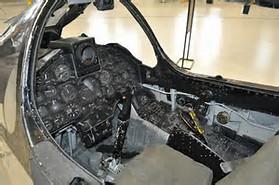S'sonic
Stealth
Menu
A free template by Lucknowwebs.com for WYSIWYG WebBuilder 8
Nigel G Wilcox
Powered by Sispro1-S
Paragon Of Space Publication
© Copyright Reserved - United Kingdom
Ideal Screen Composition 1024 x 768
SITEMAP
PSEUDO SCIENCE
SCIENCE RESEARCH
ABOUT
Desk
Supersonic
Stealth
Study
Menu
MAIN INDEX
Fastest Air Planes
Space
Transport
Menu
F-8 Crusader
https://www.bing.com/images/search?q=F%2fA-18E%2fF+Super+Hornet&FORM=HDRSC2#CA!ExpandSecondaryAction
The Vought F-8 Crusader was a single-engine, supersonic, carrier-based air superiority jet aircraft built by Vought for the United States Navy and Marine Corps, replacing the Vought F7U Cutlass, and for the French Navy. The first F-8 prototype was ready for flight in February 1955. The F-8 served principally in the Vietnam War. The Crusader was the last American fighter with guns as the primary weapon, earning it the title "The Last of the Gunfighters".
Maiden flight: 25 Mar 1955 Length: 54.25 ft Wingspan: 35.66 ft Passengers: 1 Introduced: Mar 1957 Retired: 19 Dec 1999
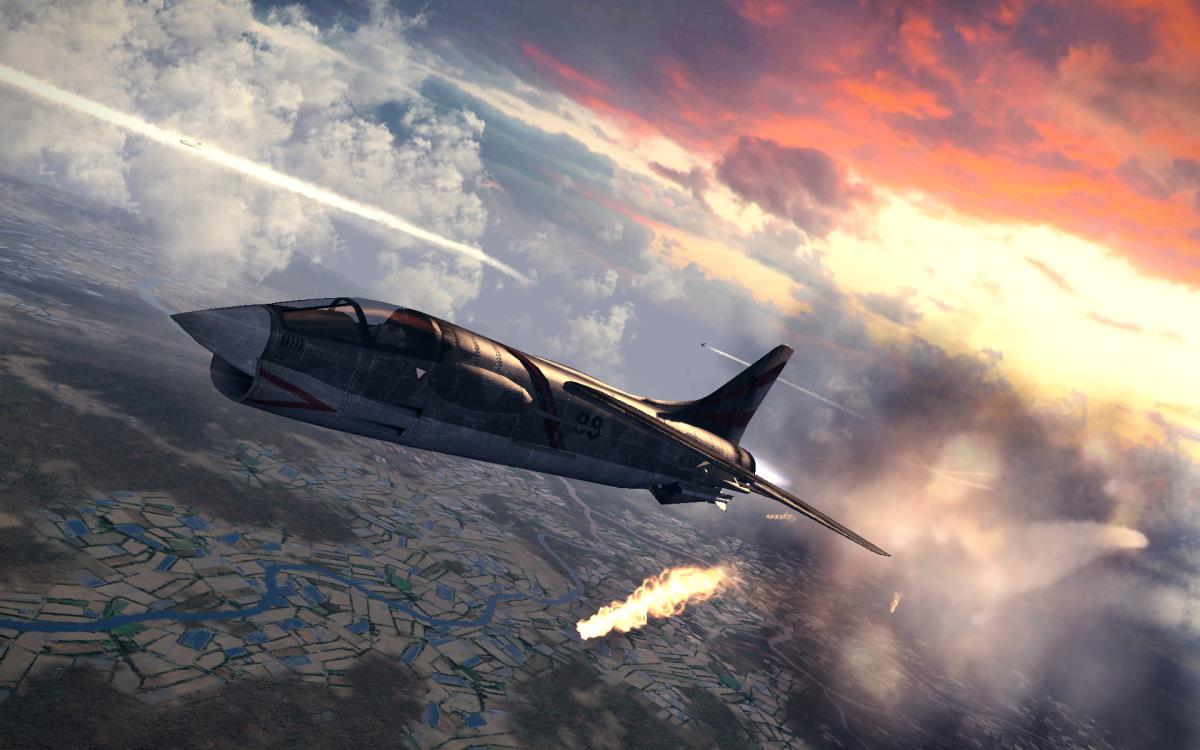
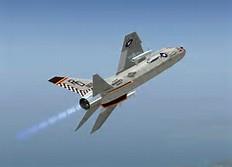
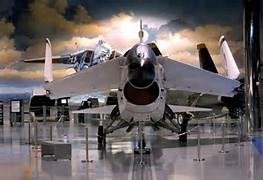
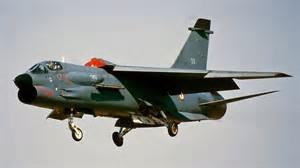
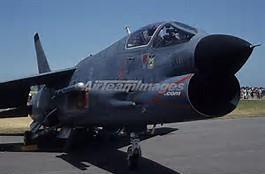
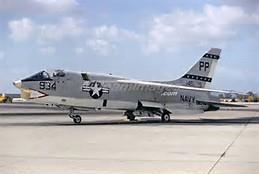
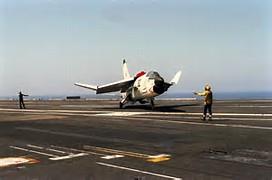
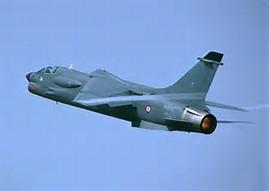
F-8 Crusader - Design & Development:
In 1952, the US Navy issued a call for a new fighter to replace its existing aircraft. Requiring a top speed of Mach 1.2, the new fighter was to utilize 20 mm cannons in lieu of the traditional .50 cal. machine guns. Among those to take up the Navy's challenge was Vought. Led by John Russell Clark, the Vought team created a new design which was designated the V-383. Incorporating a variable-incidence wing which rotated 7 degrees during take-off and landing, the V-383 was powered by a single Pratt & Whitney J57 afterburning turbojet. The inclusion of the variable-incidence wing allowed the aircraft to achieve a higher angle of attack without affecting the pilot's visibility.
This innovation led to Clark's team winning the 1956 Collier Trophy for achievement in aeronautics.
Responding to the Navy's armament requirements, Clark armed the new fighter with four 20 mm cannons as well as cheek pylons for two AIM-9 Sidewinder missile and a retractable tray for 32 Mighty Mouse FFARs (unguided rockets).
This initial emphasis on guns made the F-8 the last American fighter to have guns as its principal weapons system. Entering the Navy's competition, Vought faced challenges from the Grumman F-11 Tiger, the McDonnell F3H Demon, and the North American Super Fury (a carrier version of the F-100 Super Sabre). Through the spring of 1953, the Vought design proved its superiority and the V-383 was named the winner in May.
The following month, the Navy placed a contract for three prototypes under the designation XF8U-1 Crusader. First taking to the skies on March 25, 1955, with John Konrad at the controls, the XF8U-1, the new type performed flawlessly and development progressed rapidly. As a result the second prototype and the first production model had their inaugural flights on the same day in September 1955. Continuing the accelerated development process, the XF8U-1 began carrier testing on April 4, 1956. Later that year, the aircraft underwent weapons testing and became the first American fighter to break 1,000 mph. This was the first of several speed records set by the aircraft during its final evaluations.
F-8 Crusader - Operational History:
In 1957, the F8U entered fleet service with VF-32 at NAS Cecil Field (Florida) and served with the squadron when it deployed to the Mediterranean aboard USS Saratoga later that year.
Quickly becoming the US Navy's top daytime fighter, the F8U proved a difficult aircraft for pilots to master as it suffered from some instability and was unforgiving during landing. Regardless, in a time of rapidly advancing technology, the F8U enjoyed a long career by fighter standards. In September 1962, following the adoption of a unified designation system, the Crusader was re-designated the F-8.
The next month, photo reconnaissance variants of the Crusader (RF-8s) flew several dangerous missions during the Cuban Missile Crisis. These began on October 23, 1962 and saw RF-8s fly from Key West to Cuba and then back to Jacksonville. The intelligence collected during these flights confirmed the presence of Soviet missiles on the island. Flights continued for six weeks and recorded over 160,000 photographs.
On September 3, 1964, the final F-8 fighter was delivered to VF-124 and the Crusader's production run ended. All told, 1,219 F-8s of all variants were built.
With the US entry into the Vietnam War, the F-8 became the first US Navy aircraft to routinely battle North Vietnamese MiGs. Entering combat in April 1965, the F-8s from USS Hancock (CV-19) quickly established the aircraft as an agile dogfighter, though despite its "last gunfighter" moniker, most of its kills came through the use of air-to-air missiles. This was partly due to the high jam rate of the F-8's Colt Mark 12 cannons. During the conflict, the F-8 achieved a kill ratio of 19:3, as the type downed 16 MiG-17s and 3 MiG-21s. Flying from smaller Essex-class carriers, the F-8 was used in fewer numbers than the larger F-4 Phantom II. The US Marine Corps also operated the Crusader, flying from airfields in South Vietnam. Though primarily a fighter, F-8s also saw duty in ground attack roles during the conflict.
With the end of the US involvement in Southeast Asia, the F-8 was retained in frontline use by the Navy. In 1976, the last active duty F-8s fighters were retired from VF-191 and VF-194 after nearly two decades of service. The RF-8 photo reconnaissance variant remained in use until 1982, and flew with the Naval Reserve until 1987. In addition to the United States, the F-8 was operated by the French Navy which flew the type from 1964 to 2000, and by the Philippine Air Force from 1977 until 1991.
General Specification
Length: 54 ft. 3 in.
Wingspan: 35 ft. 8 in.
Height: 15 ft. 9 in.
Wing Area: 375 sq. ft.
Empty Weight: 17,541 lbs.
Loaded Weight: 29,000 lbs.
Crew: 1
Performance
Power Plant: 1 × Pratt & Whitney J57-P-20A afterburning turbojet
Combat Radius: 450 miles
Max Speed: Mach 1.86 (1,225 mph)
Ceiling: 58,000 ft.
Armament
Guns: 4× 20 mm (0.79 in) Colt Mk 12 cannons in lower fuselage, 125 rpg
Hardpoints: 2× side fuselage mounted Y-pylons (for mounting AIM-9 Sidewinders and Zuni rockets)
and 2× underwing pylon stations with a capacity of 4,000 lb (2,000 kg) and provisions to carry combinations of:
Rockets: 2× LAU-10 rocket pods (each with 4× 5 inch (127mm) Zuni rockets)
Missiles:
4× AIM-9 Sidewinder or Matra Magic (French Navy only) air-to-air missiles
2× AGM-12 Bullpup air-to-surface missiles
Bombs:
12× 250 lb (113 kg) Mark 81 bombs or
8× 500 lb (227 kg) Mark 82 bombs or
4× 1,000 lb (454 kg) Mark 83 bombs or
Role: Fighter aircraft
National origin: United States
Manufacturer: Vought
First flight: 25 March 1955
Introduction: March 1957
Retired: 1976 (fighter, U.S. Navy)
29 March 1987 (photo reconnaissance, U.S. Naval Reserve)
1991 (Philippines)
19 December 1999 (fighter, France)
Status: Retired completely in 2000
Primary users: United States Navy
United States Marine Corps
French Navy
Philippine Air Force
Number built: 1,219
Developed into: Vought XF8U-3 Crusader III
LTV A-7 Corsair II











